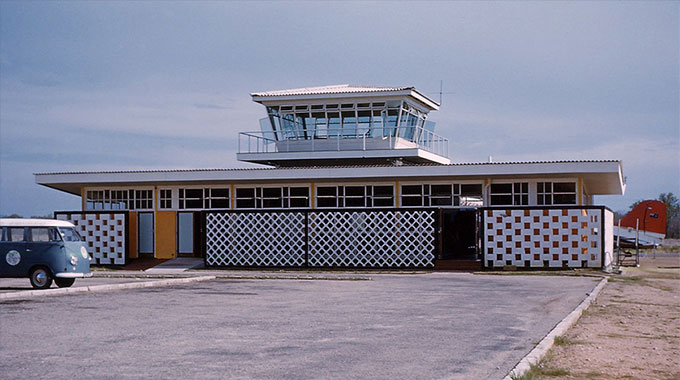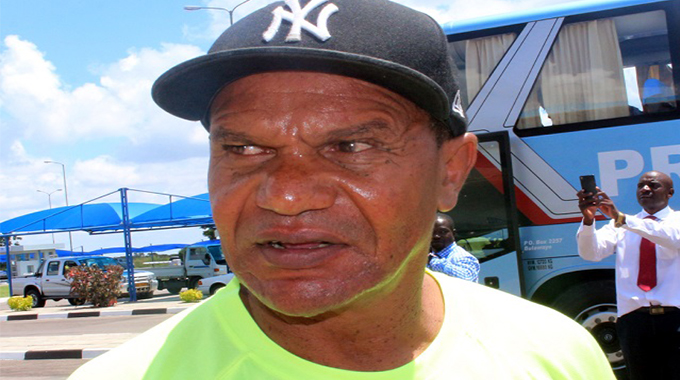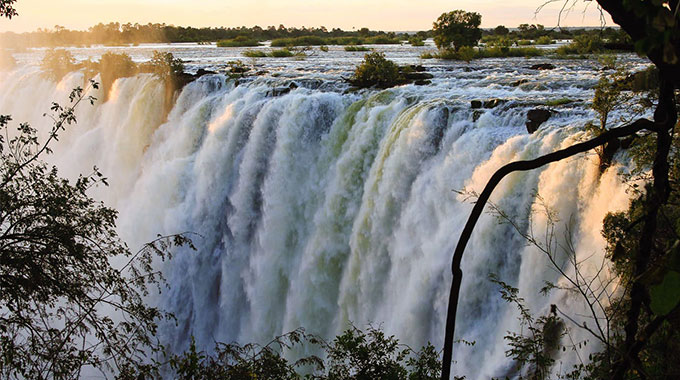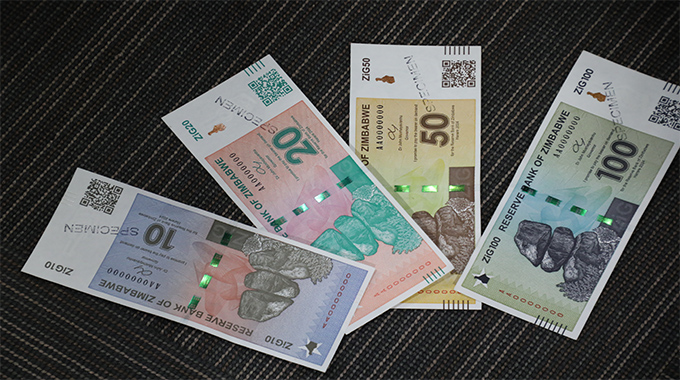Kariba Airport capacity utilisation drops to 10%

Walter Nyamukondiwa, Kariba Bureau
Kariba Airport, which is in urgent need of an upgrade, has been recording a decline in capacity utilisation, with latest figures showing that this has dropped to around 10 percent in 2018.
About 9 000 passengers used the airport in 2018, which is a significant drop from a peak of around 150 000 passengers in 1997.
The number of aircrafts using the airport dropped from around 14 000 per annum in 1997 to the current 3 000 per annum.
Traffic at the airport has been largely affected by a steady decline of the tourism sector in Kariba.
Airport manager Mr Shupikayi Maramwidze told a transport and infrastructure portfolio committee recently that planning was not stopping owing to current circumstances.
“We need to plan notwithstanding what is happening in the economy and what has happened to the tourism sector,” he said.
“In a low income economy air travel is obviously affected. We are expecting our economy to improve and we have to plan for that.”
The planning, said Mr Maramwidze, works on putting up infrastructure that can handle high demand.
For now, he said, there was need to maintain existing infrastructure while plans for relocation remain in place in the event that the airport receives more than the handling capacity of 100 000 passengers.
Expansion of the airport has been ruled out owing to a mountain range on approaching the current runway, power pylons westwards of the airport and Nyanyana River.
Bulilima West MP, Cde Dingumuzi Phuti (Zanu-PF) said the river can be tamed to allow for the expansion of the airport runway but Mr Maramwidze said the mountain and pylons were intractable impediments.
Mr Maramwidze said at least $37 million was needed to move the pylons which was deemed unrealistic by Parliamentarians.
“These are figures that came from Zesa. They were saying because of the nature of the power lines which came from the power station there’s need for special attention,” he said.
The quotation, he said, was made in 1998 raising fears that the cost could have ballooned.








Comments